William Christenberry
A Glimpse of the South

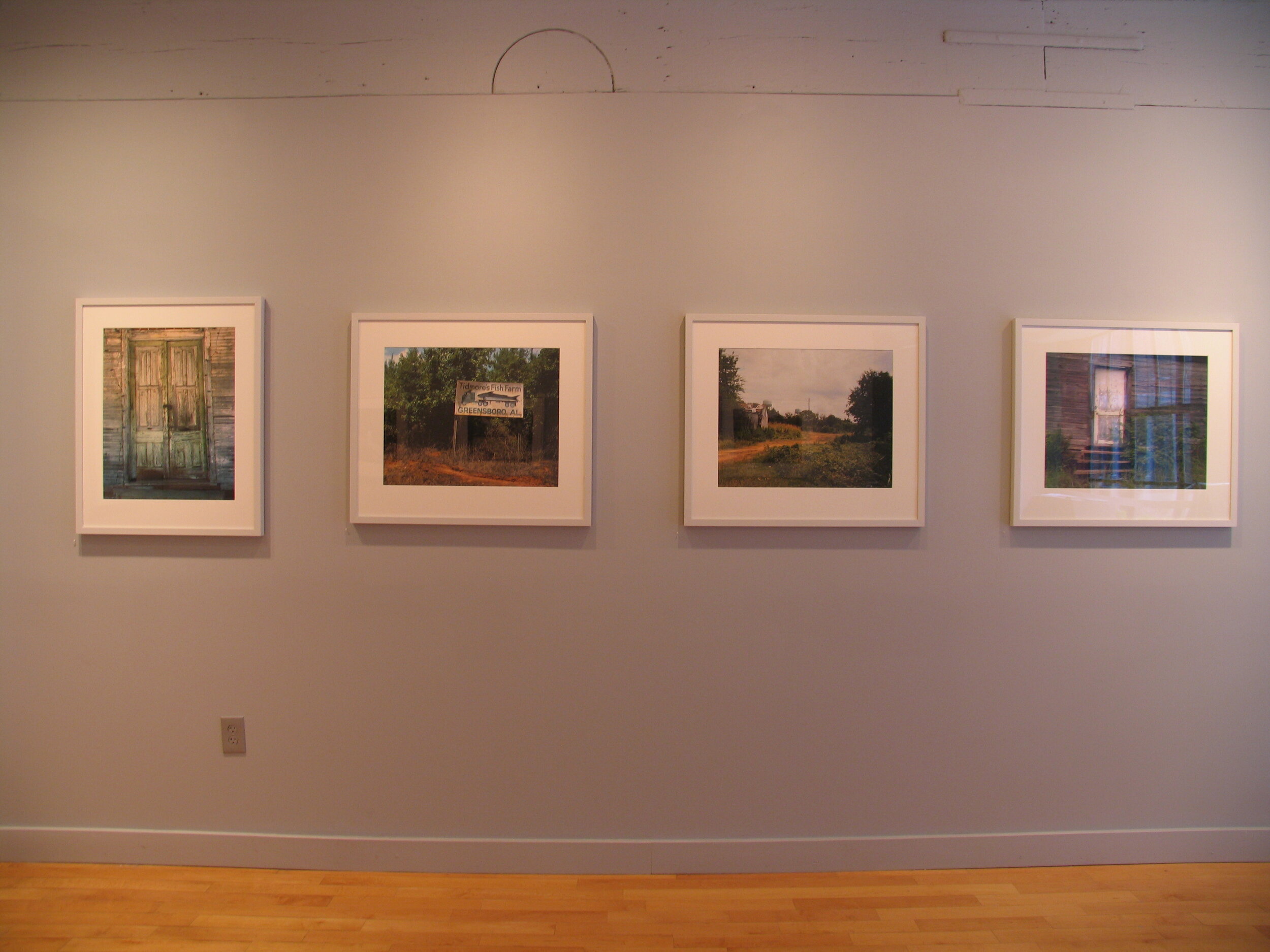
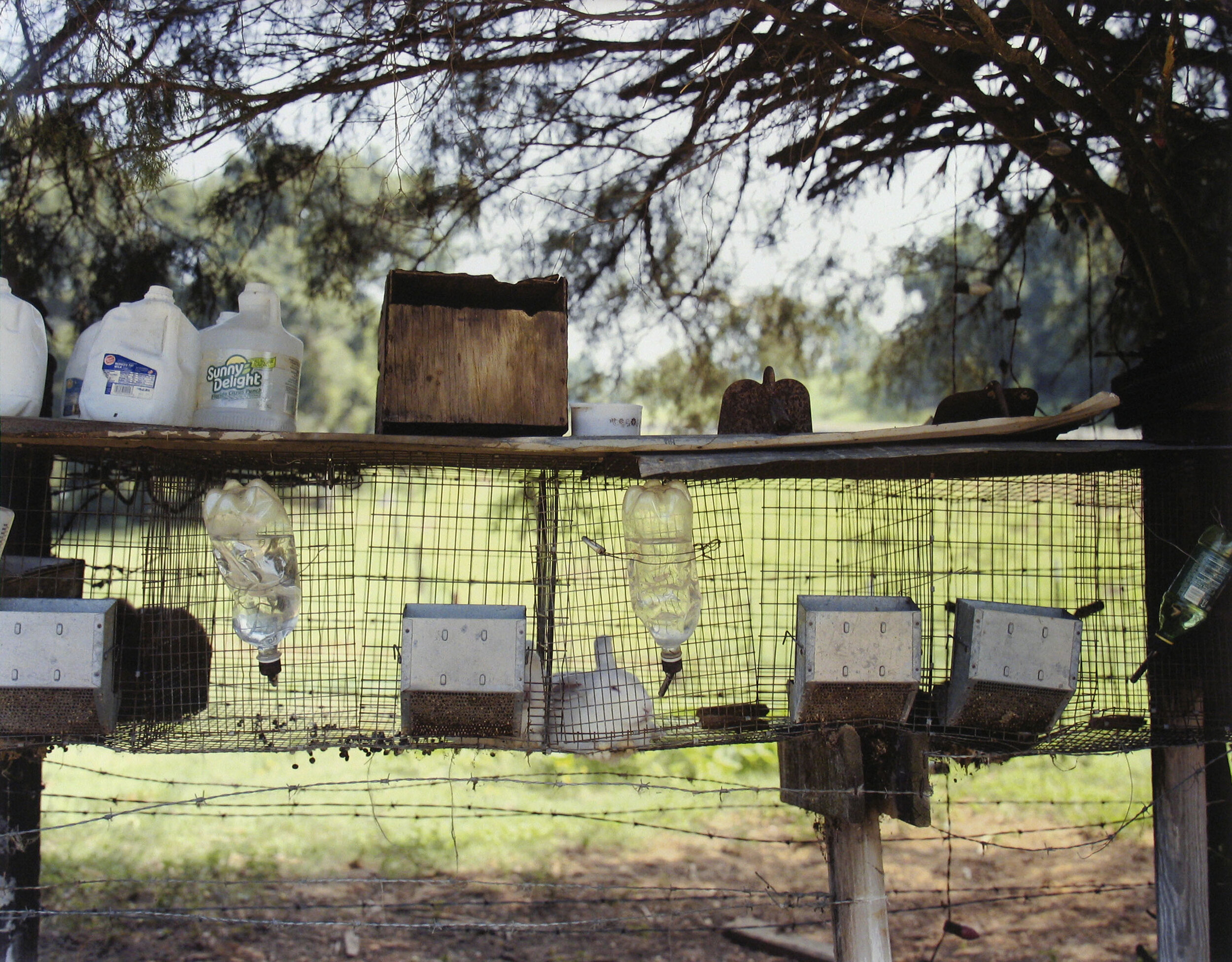
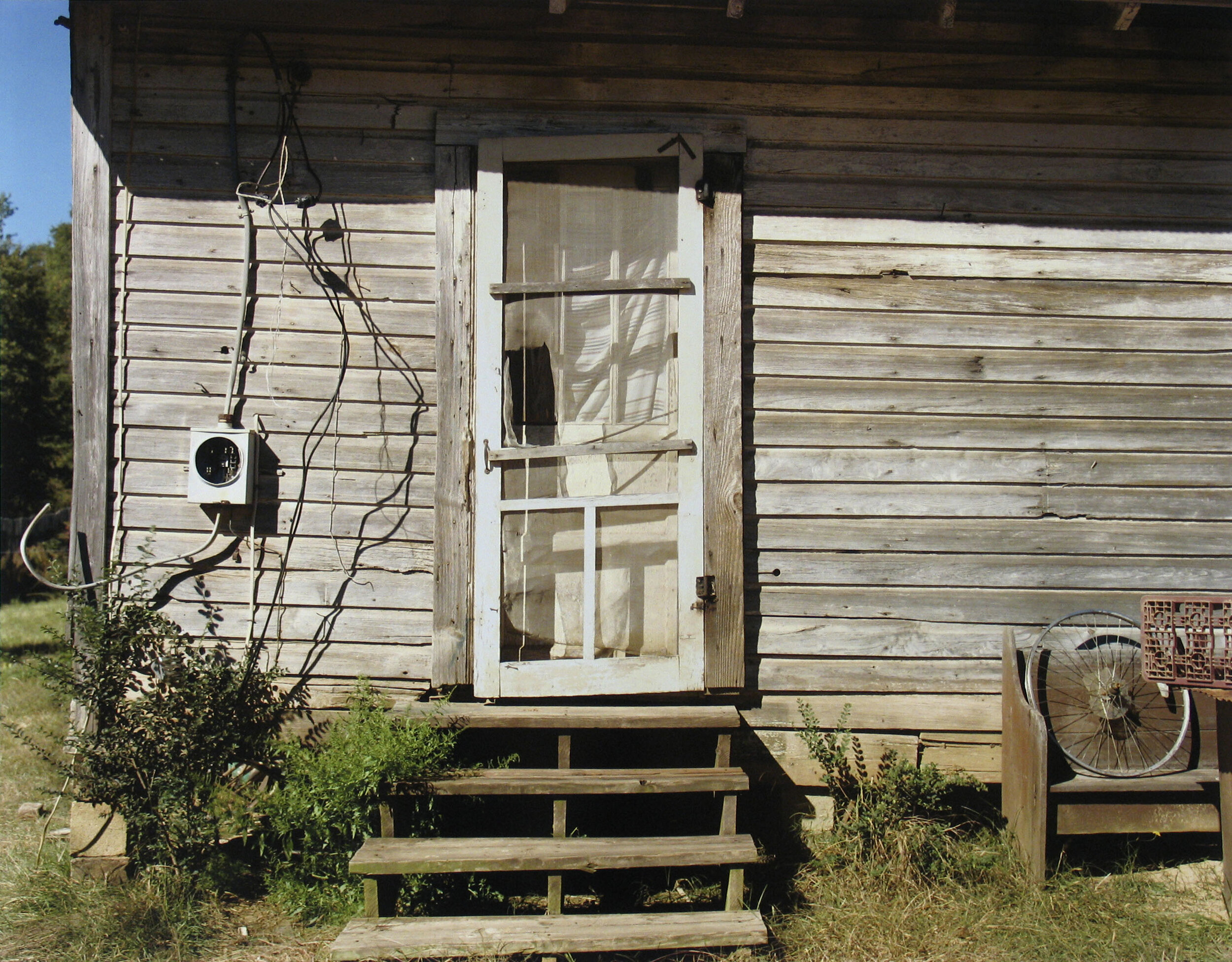

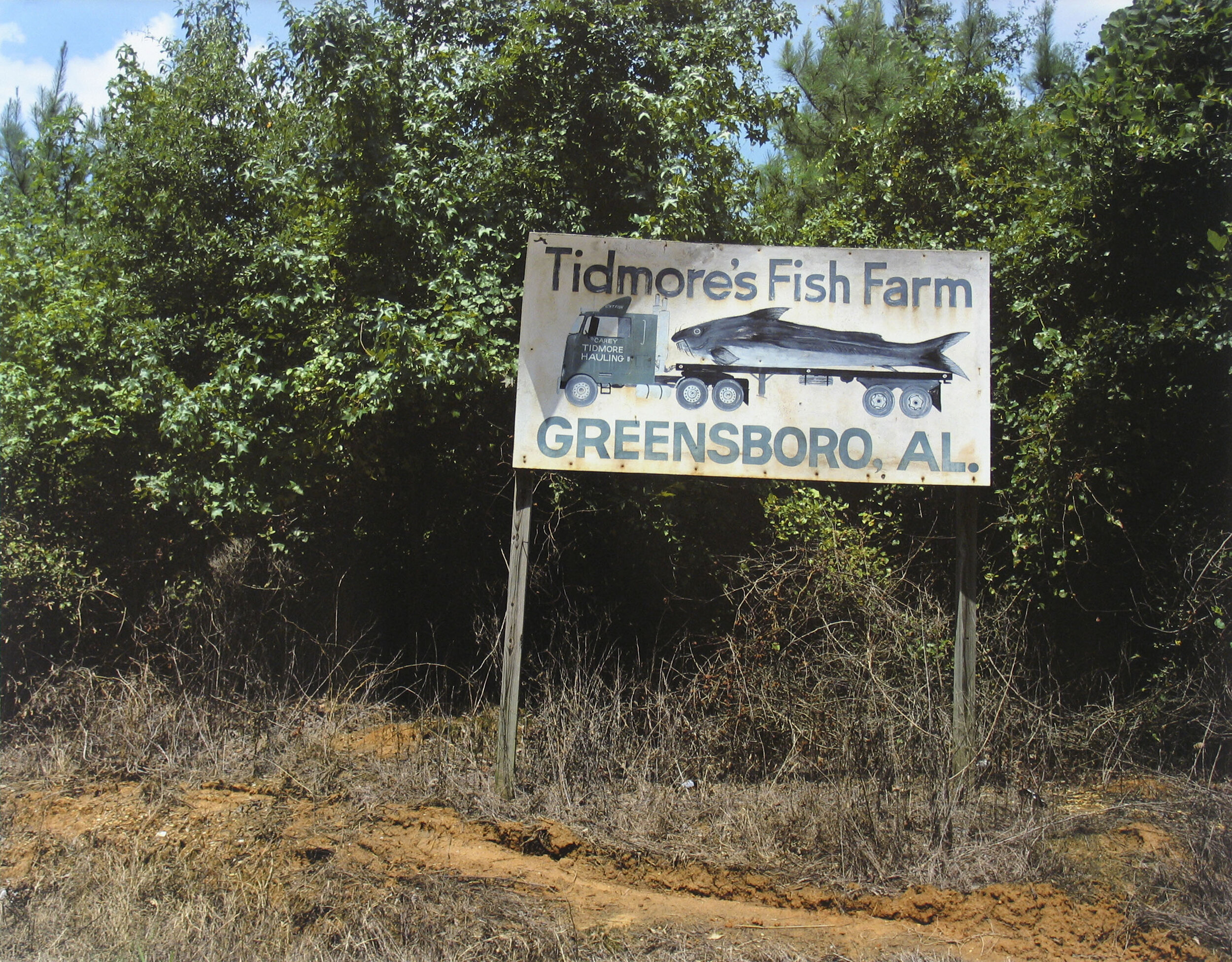
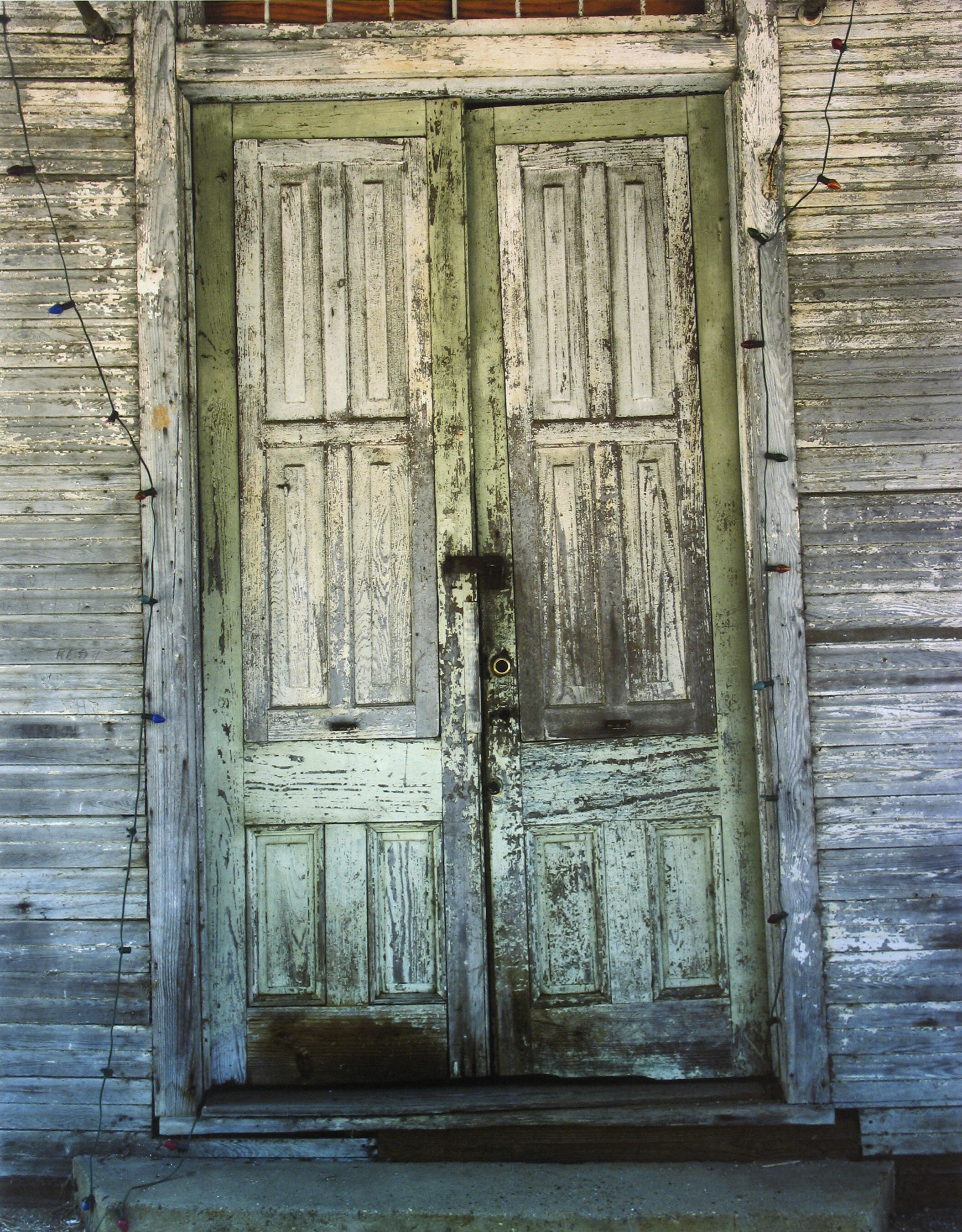
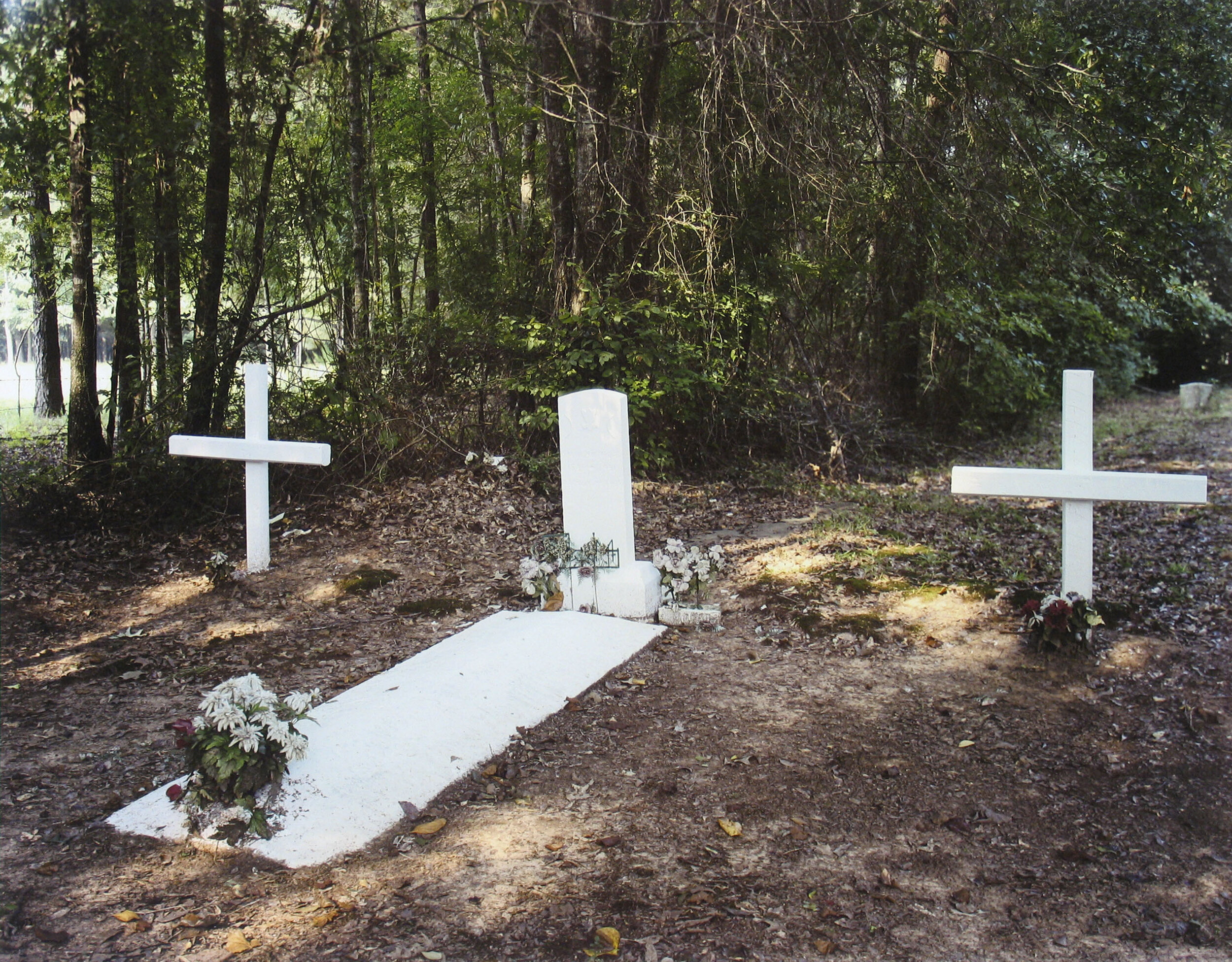
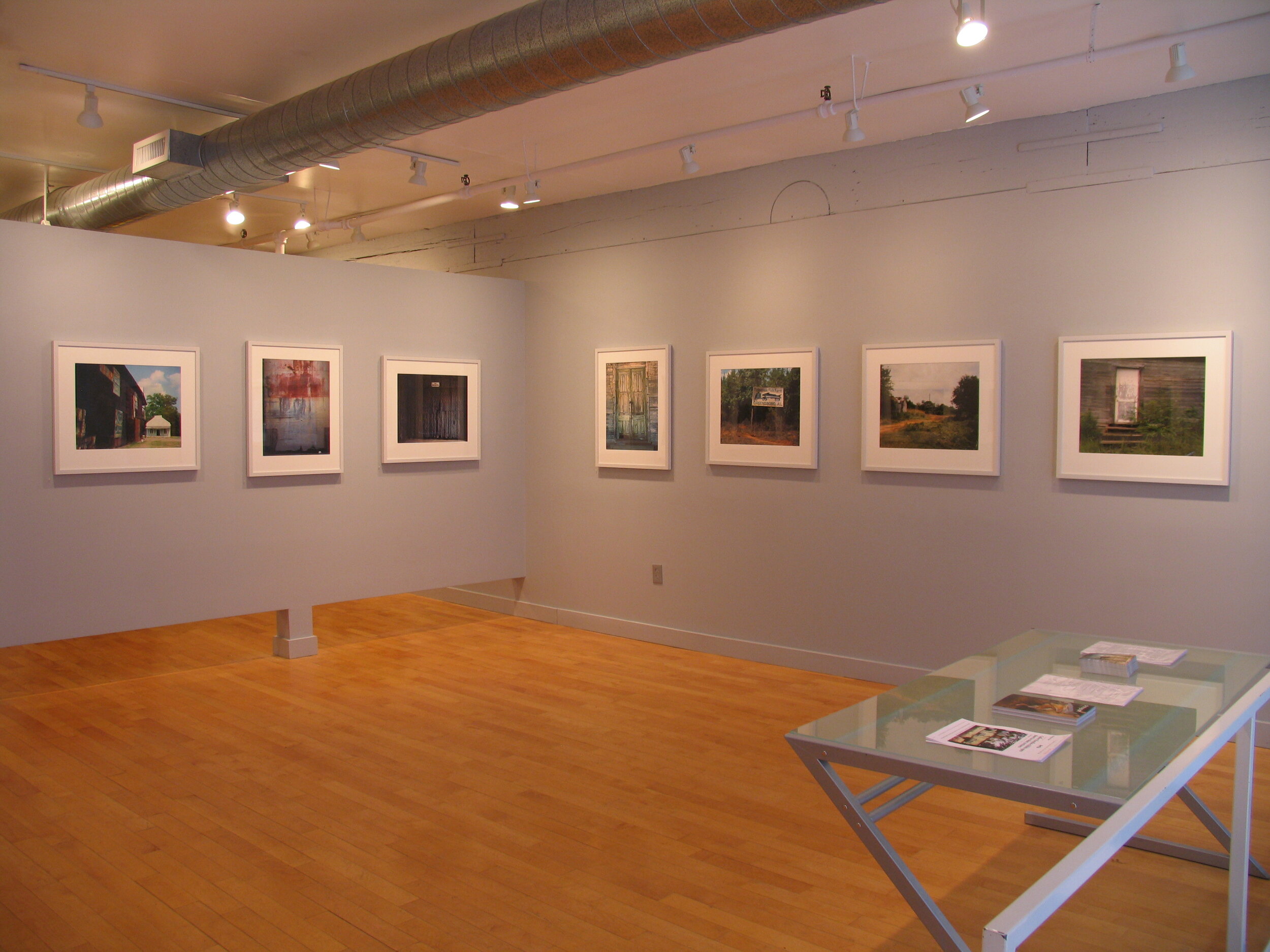

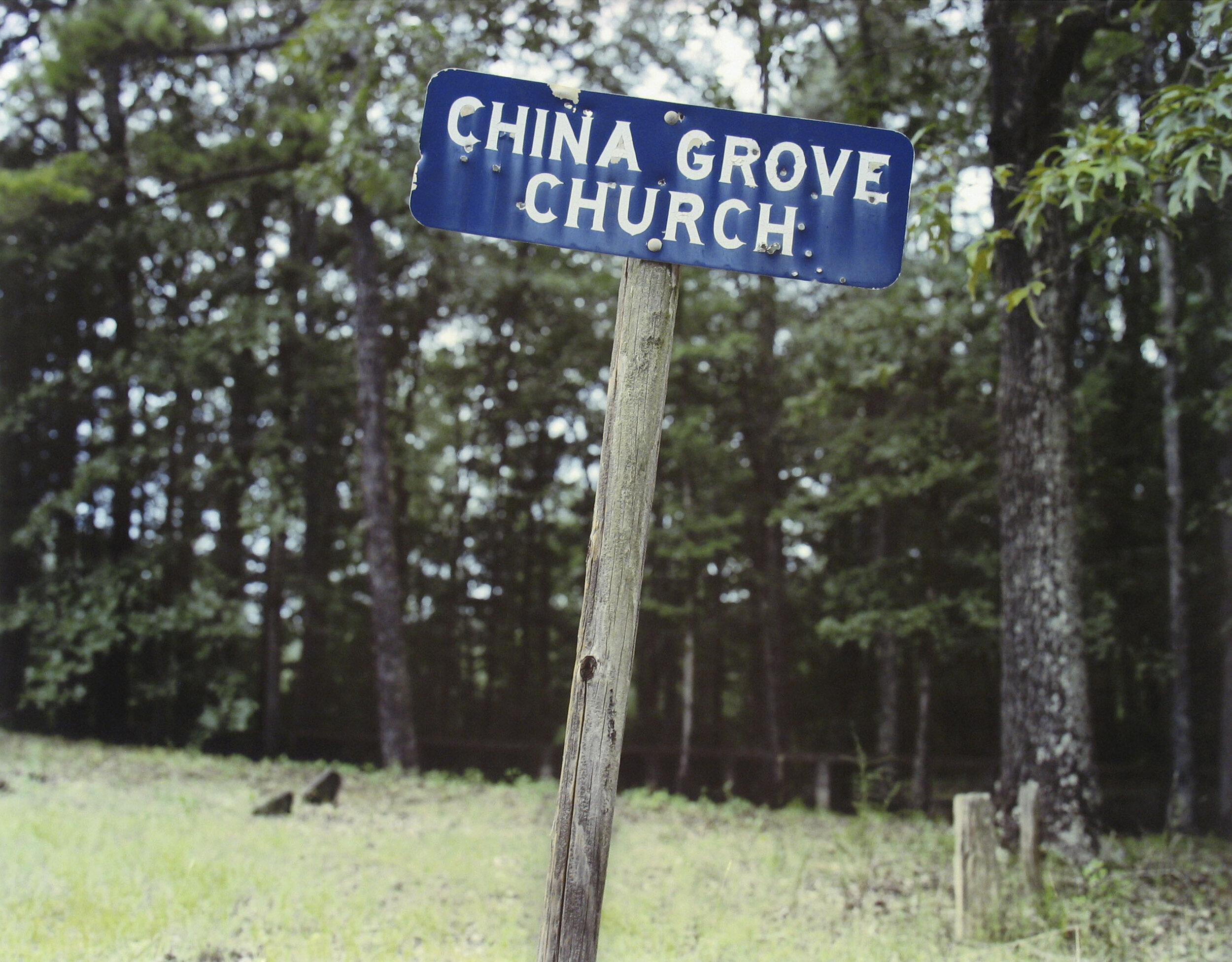
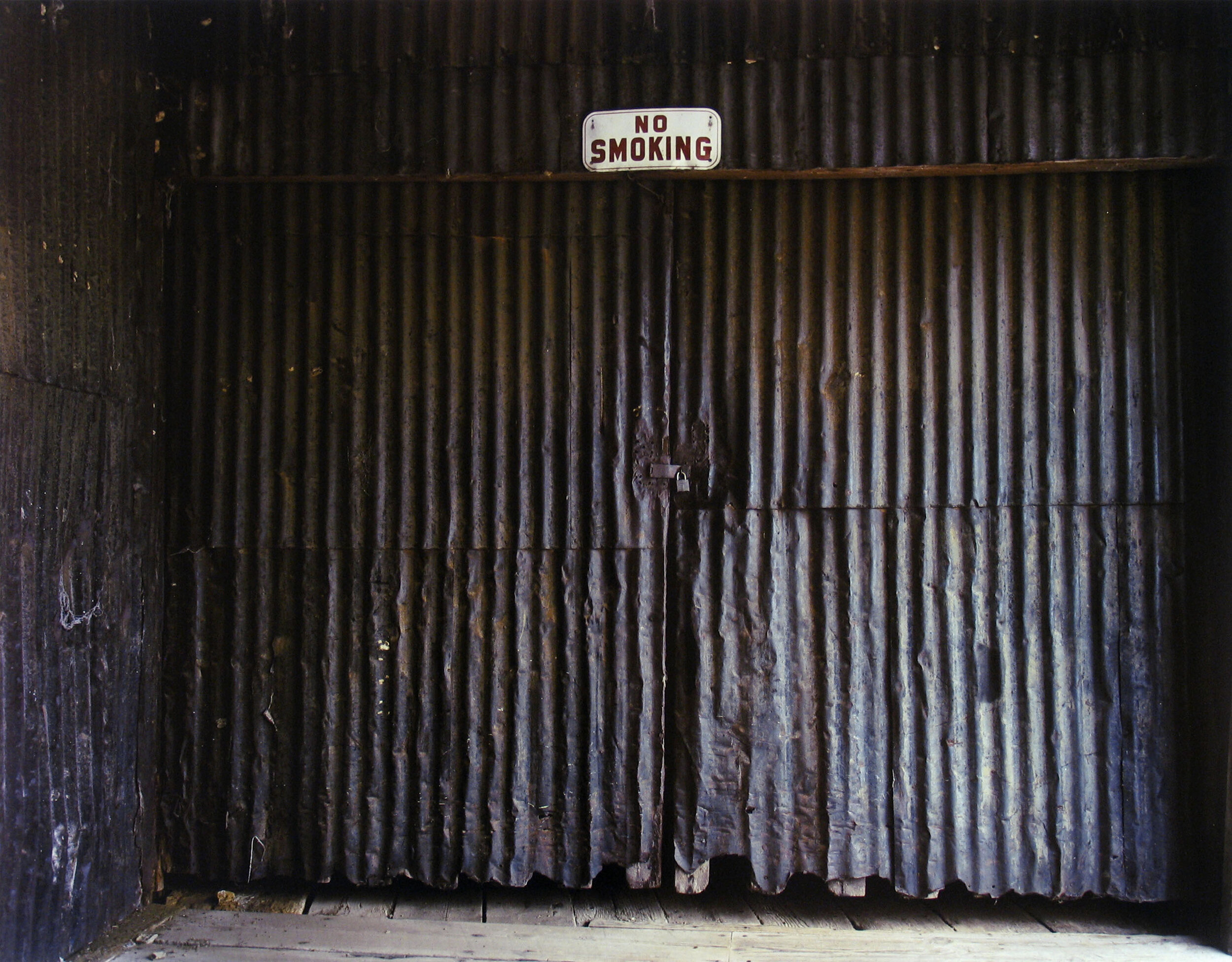
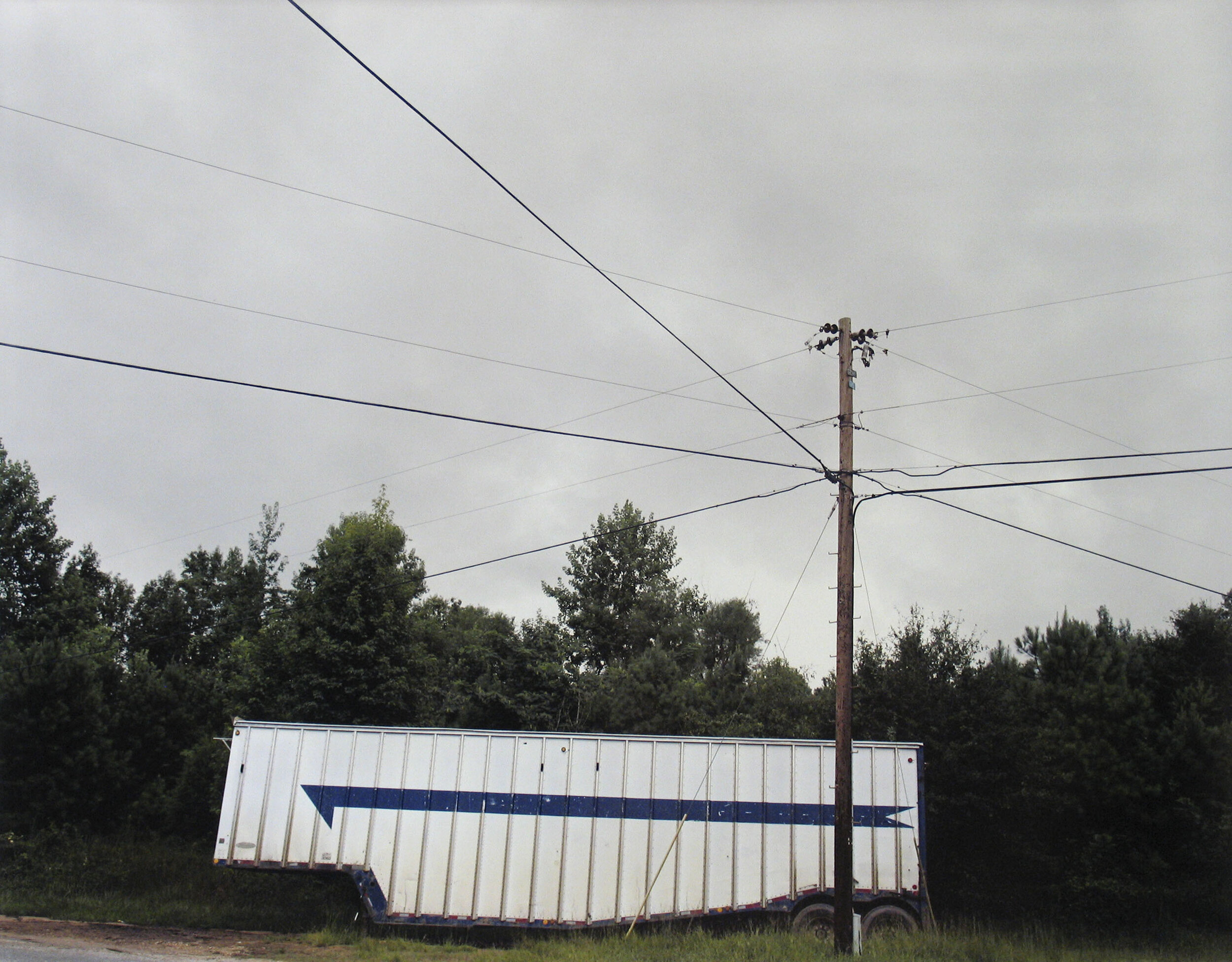
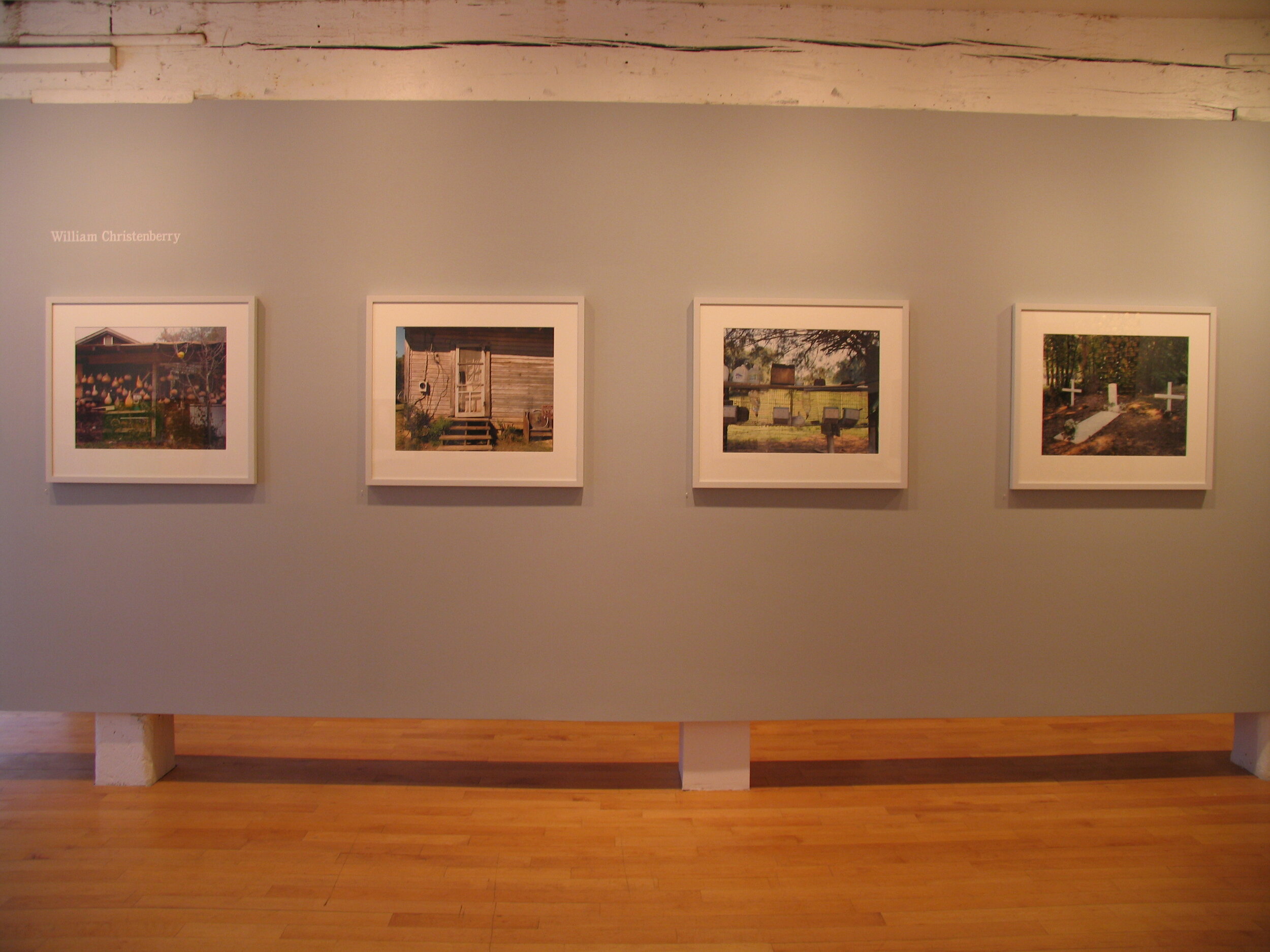
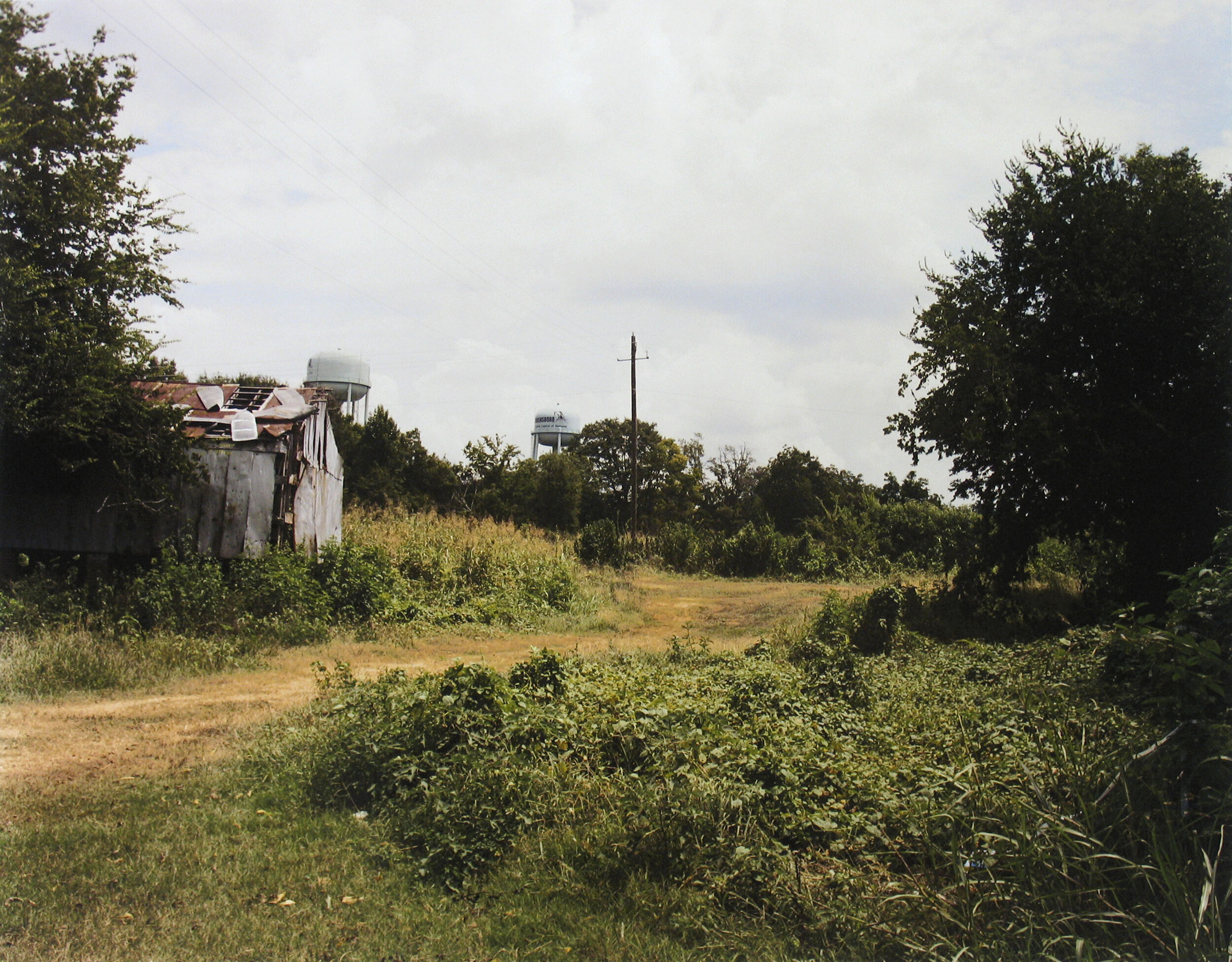
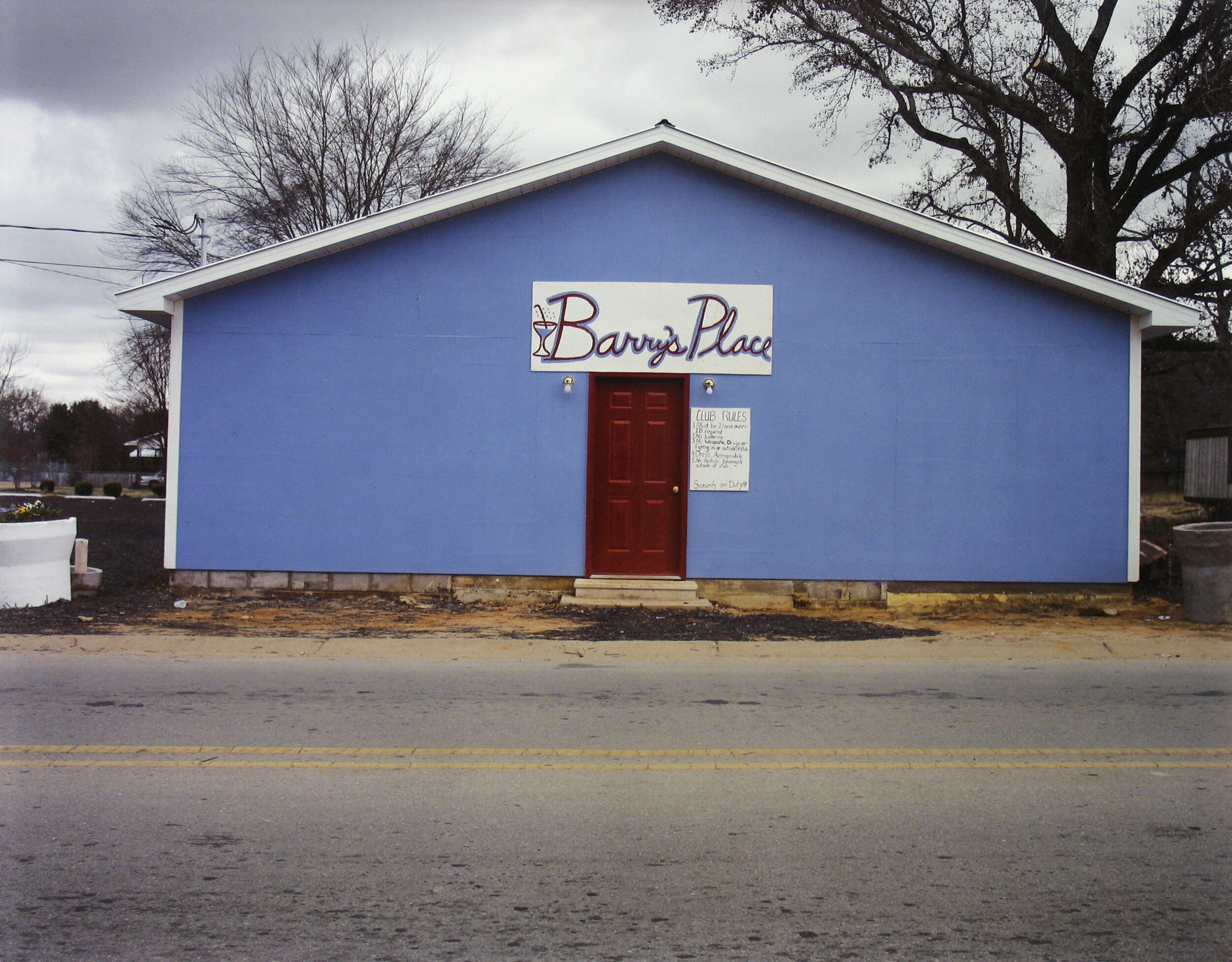

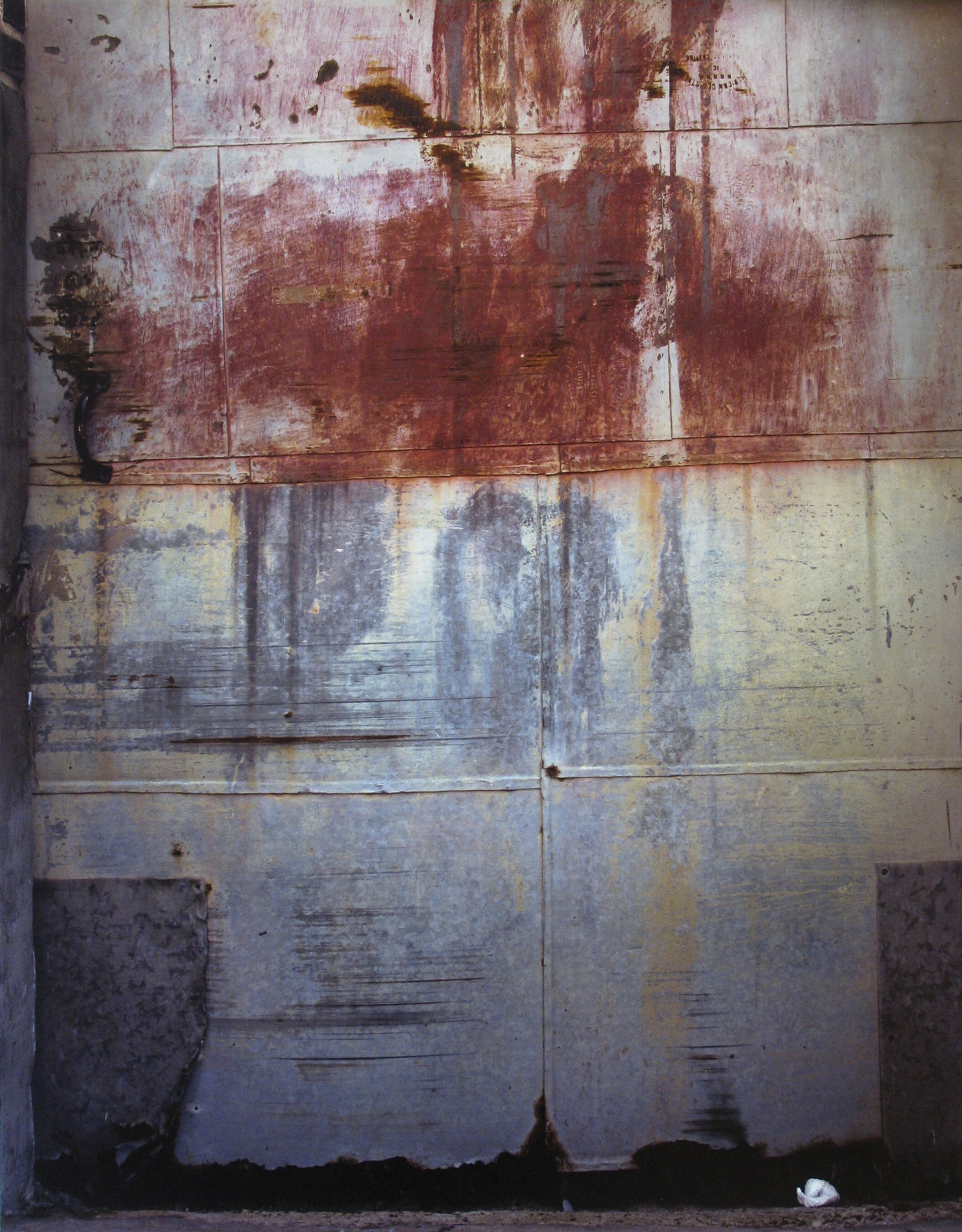
William Christenberry, born in Tuscaloosa, Alabama in 1936, presents an intimate and stirring vision of the deep South in and around Hale County, Alabama. His paintings, drawings, sculpture, and photographs capture the scope of this personal investigation and his heritage. Since the 1960’s, he has returned annually to document the changes, often photographing the same places — houses, churches, barns, cars, signs, and graveyards — chronicling the passage of time.
I was always attracted to the warped shapes of rustic, smaller buildings and houses—the way they had been molded, altered by time. There’s just something beautiful about the form. Also, I was deeply taken by the surfaces, textures, and colors of the buildings and the roofs—the way that corrugated tin rusts and ages.” -Christenberry
A Glimpse of the South is a group of 20x24” Fujicolor Crystal Archive prints produced in 2004 from 8x10” negatives dating from 1997-2003. Many of these images have never been published.
Christenberry’s work is in numerous collections, including the Addison Gallery of American Art, The Baltimore Museum of Art, The Center for Creative Photography: Tucson, The Corcoran Gallery of Art, Museum of Modern Art: New York, National Museum of American Art, The Whitney Museum of American Art, and the High Museum of Art: Atlanta. Christenberry lives and works in Washington, D.C.
Ki Ho Park
Everything Must Go and Photography and Texture
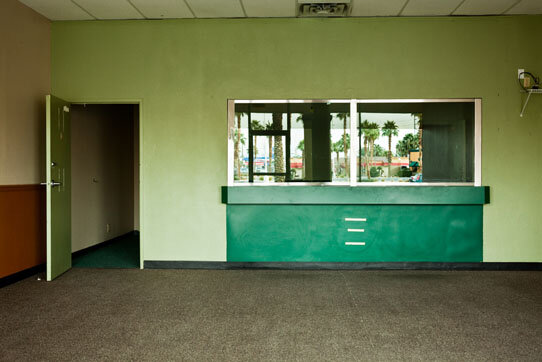

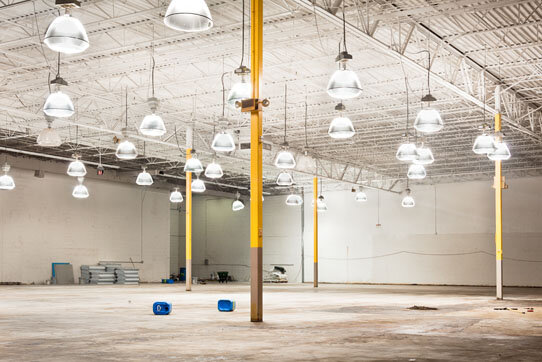
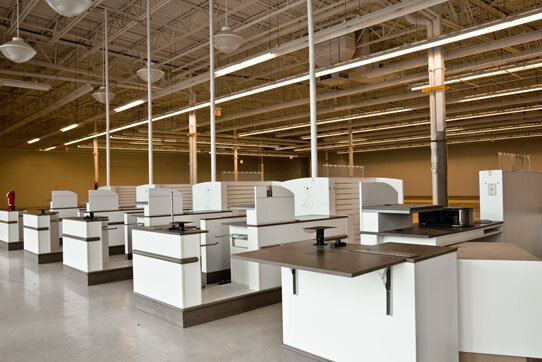
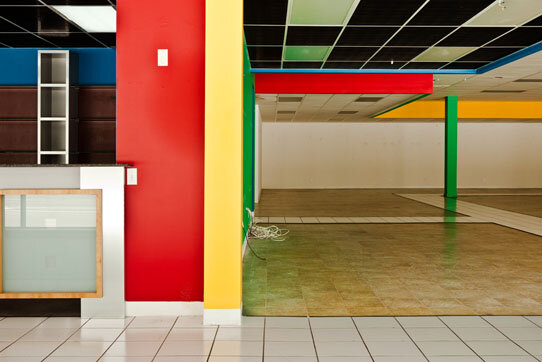

Ki Ho Park, a documentary and style photographer, worked as a freelance photojournalist in Korea for twenty-five years, coming to the United States for the second time in 2007. While working in Korea, he mainly covered business stories about the Asian economy for such publications as Fortune, Forbes, Business Week, and Time Magazine.
In 2007 he returned to New England to complete his MFA studies at the Rhode Island School of Design. While at RISD, he began the series, Everything Must Go, responding to the precipitous change in America. These photographs, deeply saturated in color, are an honest record of empty storefronts in New England as well as other areas across the country. He drove to the strip malls in Maine; the neon streets of Las Vegas; the boardwalks of Florida. For Park, these empty storefronts tell more than a story of desolation, they document loss and the absence of human presence.
My photographs, taken in the midst of the Great Recession, reflect not only my political interests but more importantly, the desolation and lost grandeur of America. My images stand in sharp contrast to my impressions as a child arriving in the US for the first time in 1973: the bright lights of the Washington Monument, the huge department stores, and supermarkets brimming with goods conveyed a land of almost unreal prosperity. These dreamland images of a nation at the height of power reside like tattoos upon my psyche. -Park
